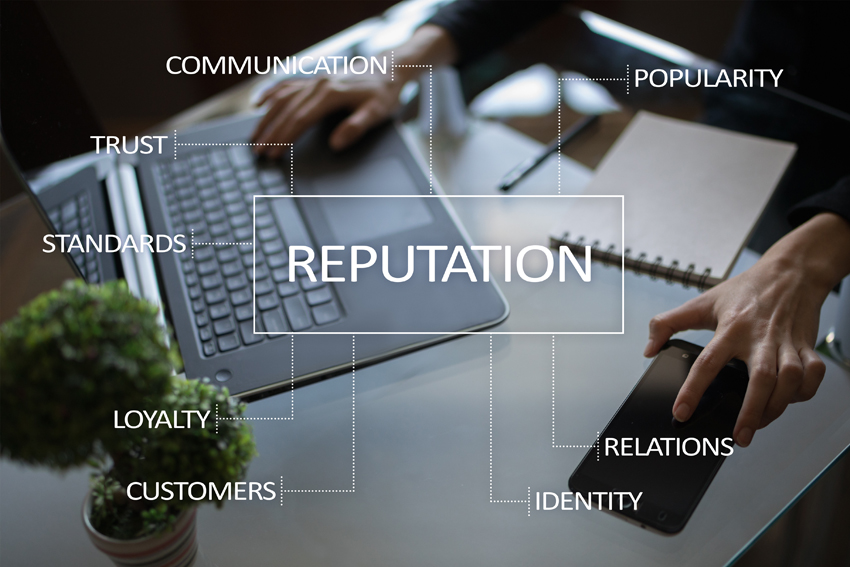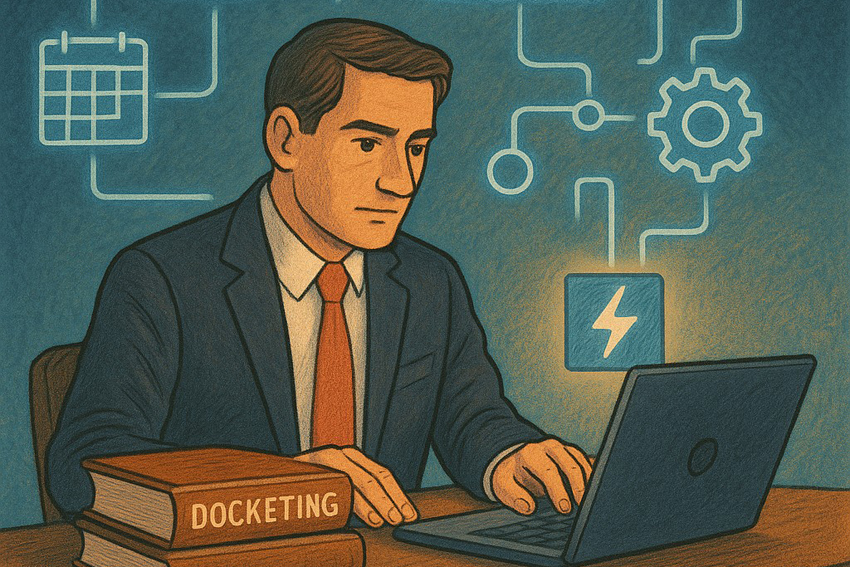Reputational Management: Mitigating sexual harassment risks at law firm and legal industry events
Reputational Management: Mitigating sexual harassment risks at law firm and legal industry events
By Gina Rubel
Creating a safe and inclusive environment at law firm events and industry conferences is critical to fostering meaningful connections, collaboration, and professional growth. Yet, issues like sexual harassment continue to challenge these spaces, discouraging participation and hindering diversity.
Studies conducted by various organizations reveal that approximately 95 percent of incidents identified as sexual harassment are not reported, highlighting the magnitude of the issue. For survivors, the primary desire is straightforward but significant – they simply “want it to stop.” This underscores the necessity of proactive measures to address and prevent harmful behaviors.
To ensure safer, more respectful spaces, law firm leaders should prioritize personal and organizational responsibility in the planning and participation in law firm events and industry conferences.
(Author’s note: The information provided in this article is for reputation management only and should not be construed as legal advice. For advice specific to your situation, please consult a qualified legal professional.)
Key strategies to foster an environment of safety, accountability and inclusivity include:
Creating safer spaces
Professional events, whether law firm-hosted gatherings or broader industry conferences, reflect societal dynamics, including challenges like sexual harassment. Establishing meaningful preventative measures helps mitigate risks while ensuring greater participation. Unchecked negative experiences can discourage participation, especially from underrepresented groups. Ensuring a safe environment is essential for professional growth and collaboration, and directly impacts the ability of firms to retain diverse talent.
Solutions for mitigating risks
Law firms and event organizers can create a culture of safety and accountability at professional gatherings by implementing various solutions for mitigating sexual harassment risks at law firm events and industry conferences.
Establish clear policies on conduct
Develop and enforce a robust code of conduct for events that outlines acceptable behaviors and explicitly prohibits harassment. Make the code of conduct accessible when registering for events, in confirmation emails, and during the event itself.
Codes of conduct should include:
- Purpose and introduction.
- Scope of the policy.
- Expected behavior.
- Unacceptable behavior with examples such as inappropriate comments, unwelcome advances, and other forms of misconduct.
- Reporting mechanisms.
- Consequences of violations, including removal from the event and potential reporting to legal authorities.
- Anti-retaliation clause.
- The firm’s commitment to safety and enforcement.
A code of conduct is only as strong as its training and enforcement. Conduct mandatory training to ensure participants understand the policies and consequences. Provide confidential reporting mechanisms to give attendees a safe way to highlight concerns without fear of reprisal.
When participants know their rights and options, it builds trust and reinforces a firm’s commitment to accountability in a harassment-free environment.
Empower upstanders
Passive bystanders can shift to active “upstanders” by employing techniques designed to de-escalate situations. The Five D’s –a proven intervention framework –can help individuals address harassment in real time.
The “Five D’s” intervention framework was developed by Hollaback!, now known as Right To Be, a movement focused on ending harassment in all, including online and in the workplace. This framework is commonly used in anti-harassment and bystander awareness programs to equip individuals with the tools to respond to harassment effectively.
- Direct:If it is safe, speak up and call out the harassment. Otherwise, approach by speaking to the individual experiencing harassment and asking, “Are you okay? Can I help?”
- Distract:Create a distraction to de-escalate the situation, such as starting a conversation or asking for directions.
- Delegate:Ask someone else to help, such as a person in a position of authority or someone who seems comfortable intervening. Find someone better equipped to address the issue (such as security).
- Document:If it’s safe to do so, record the incident, but only with the permission of the person who is being harassed. Permission can be obtained just by the look of an eye and the nod of their head while holding a cell phone up towards the situation.
- Delay:Check in with the harassed person, offer support, and give them space to process what happened. Essentially, delay the immediate response by attending to affected individuals afterward.
Train members of your firm to become upstanders to reduce the prevalence of harassment at events and conferences.
Provide anonymous and accessible reporting tools
Confidential reporting systems are another essential component of mitigating harassment at law firm events and industry conferences. Risk management tools like Navex (www.navex.com) provide anonymous channels for people to report concerns to HR or management, enabling swift investigations while maintaining sensitivity toward individuals involved.
Raise awareness for proactive risk management
The emphasis on prevention over response is significant. Raising awareness through preventative communications, addressing patterns of harassment before escalation, and adopting survivor-centered, trauma-informed approaches are critical to fostering a safe atmosphere.
Address challenges with conference culture
Late-night events and alcohol consumption can blur professional boundaries. While these activities can help build relationships, they also introduce risk. Law firm and event leaders can mitigate these challenges by:
- Setting boundaries to ensure that gatherings adhere to a code of conduct.
- Limiting permissible alcohol consumption at open-bar events.
- Always providing nonalcoholic options (which is also inclusive of those who do not consume alcohol)
- Employing plain-clothed security personnel trained to address harassment-like behavior and provide safe exits for attendees.
Foster community and peer support
Attendees and organizations can foster safer spaces by encouraging initiatives such as:
- Training colleagues to intervene and address unsafe behaviors.
- Codewords and buddy systems for mutual support.
- Use of geolocation sharing apps for real-time safety monitoring when requested.
When professionals collectively prioritize safety, the industry takes meaningful steps toward cultural change. This includes allies actively modeling appropriate behavior and championing a harassment-free environment.
Call to action for law firm leaders
Mitigating harassment at law firm events and industry conferences is an imperative and essential for retaining diverse talent and fostering meaningful collaboration. It requires active involvement from leaders and attendees alike.
By implementing, mirroring, and enforcing codes of conduct, empowering upstanders, and employing preventative strategies, the legal profession can create spaces where everyone feels respected and valued. Let’s prioritize safety, inclusion and respect as the foundation of every professional gathering.

Gina Rubel is the CEO and general counsel of Furia Rubel Communications. She educates professionals on devising and implementing strategic and crisis communications plans to manage their reputation, develop and attract top talent, and drive business success. She is the co-host of On Record PR. Gina can be reached on LinkedIn at https://www.linkedin.com/in/ginafuriarubel/.
Share this story, choose a platform
Brought to you by BridgeTower Media
Free Weekly Newsletter
Recommended content
The Small Practitioner: Re-thinking docketing technology as critical law firm infrastructure
The Small Practitioner: Re-thinking docketing technology as critical law firm infrastructure By Dominick Esposito For law firms, legal operations teams, and [...]
What a grade school game taught me about legal innovation
How a 5th grade brain can outthink artificial intelligence and provide better insights into solving grown-up professional problems. Read more [...]
The art of the attorney exit email
While there are no hard-and-fast rules, it is best not to burn bridges and to keep future lines of communications [...]
How much should an associate attorney be paid?
Law firms often seen to go to extremes and pay too much or too little. Both approaches can cause problems. [...]






